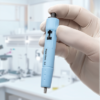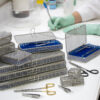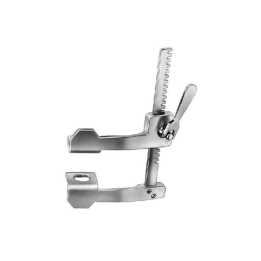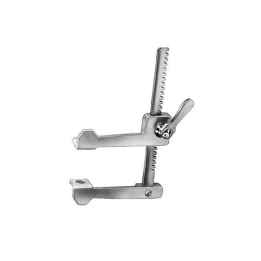No products in the cart.
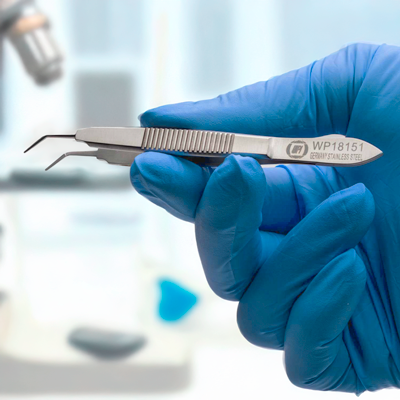
safety-precautions-to-follow-when-using-forceps
Safety Precautions to Follow When Using Forceps
Surgical Forceps are common handheld surgical instruments used for securely grasping and manipulating an object. In a laboratory environment, they may be used for working with tissues, plants, wafers, or small components. In electronics and manufacturing, they can be use when handling circuit boards, jewelry, watch pieces, and much more. Especially in the medical and laboratory realms, the safe handling of surgical forceps is critical for the safety of both the operator and the subject to minimize the chances of infection or injury.
Sterilize Forceps for Medical and Lab Use
When a risk of cross-contamination exists, forceps must be properly sterilized. In a medical facility or laboratory, autoclaving or chemical sterilants are the most common methods for sterilization of surgical instruments. To ensure instruments remain sterile, they must be handled properly and stored correctly. Always handle sterile instruments with gloved hands and replace the gloves regularly.
Store sterile surgical forceps in a clean, dry location. They should remain inside the sterilization baskets or paper pouches used when sterilizing them so that you avoid touching them directly. After surgical procedures or use, clean any biological debris from the surgical instruments to prevent corrosion and discoloration.
Inspect Surgical Forceps
All surgical forceps should be inspected routinely.
- Check that forceps tips are properly aligned. Close the jaws and examine the tip. The jaws should meet and be closely aligned.
- Hemostats should lock and unlock easily, and the joints should not be too loose.
- Hold your closed forceps blades up to a light source. No substantial light should pass through the closed jaws.
- Clamp the forceps on a plastic surface. You should see a clear and consistent impression on the plastic when the forceps are removed.
- Ratchets should engage crisply and smoothly. When the ratchet is engaged, it should not open easily if the instrument is lightly tapped on the edge of a table.
- Look for cracks, pitting, or rust.
Surgical forceps should be replaced if they fail an inspection.
Choose An Appropriate Surgical Instrument for Your Application
When selecting a pair of forceps, consider your procedure and choose an appropriate set of forceps that are designed for your application. For example, choose forceps with sharp, pointed teeth that interlock for gripping tougher tissues that need a firm hold. Select serrated forceps that have a series of fine ridges along the gripping edge for handling more delicate tissues. Sometimes you want forceps with a lock to ensure a firm grasp, and other times you need thumb forceps without a lock for more tactile control. Consider the tip of the forceps or tweezers you choose. Do you need blunt or sharp tips? How about straight, curved or angled tips? Straight tips are ideal for procedures requiring precision and control. Curved tips are for tight spaces or when reaching objects at odd angles. Angled tips offer a clear line of sight and are an excellent choice when working at an angle that is not easily accessible with straight tweezers.
Handle Surgical Forceps with Care
Avoid excessive force when handling your surgical forceps in order to prevent tissue damage. Maintain a secure grip on the forceps to avoid slippage, which can cause trauma. Be mindful of pointed ends when using forceps near critical structures like nerves, blood vessels, or organs. If the forceps have a locking mechanism (like hemostatic forceps), ensure that it is used properly to maintain control over clamped tissues or vessels without crushing them.
Safeguard the personnel, subjects, and projects in your laboratory, medical facility, or manufacturing site by using surgical instruments properly. With routine maintenance, proper cleaning, and appropriate storage, you extend the functional life of your surgical forceps and other instruments. WPI offers a wide variety of surgical forceps for applications in research laboratories and manufacturing facilities.
Breaking Up With Fast Sound Has Been Easier
But I must explain to you how all this mistaken idea of denouncing pleasure and praising pain was born and I will give you a complete account of the system, and expound the actual teachings of the great explorer of the truth, the master-builder of human happiness. No one rejects, dislikes, or avoids pleasure itself, because it is pleasure, but because those who do not know how to pursue pleasure rationally consequences.



